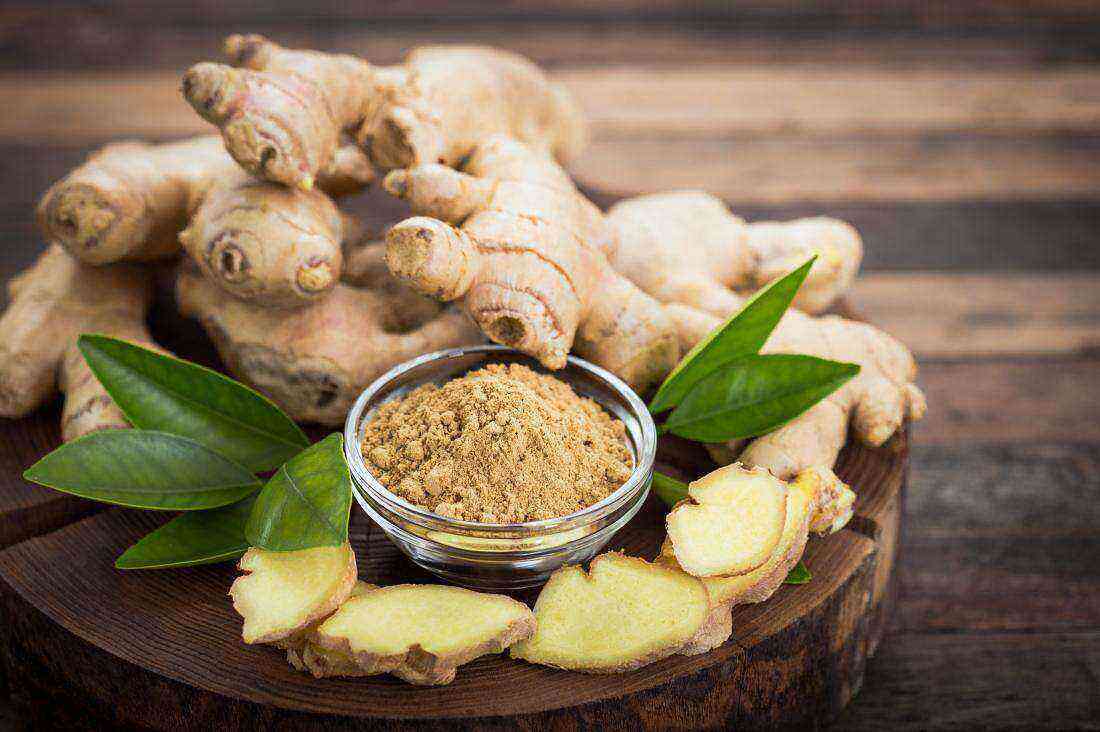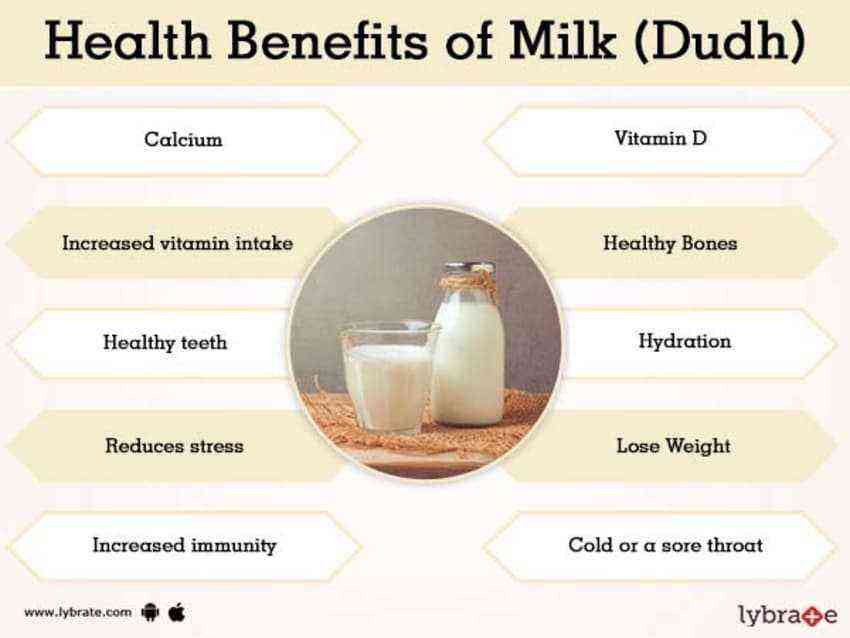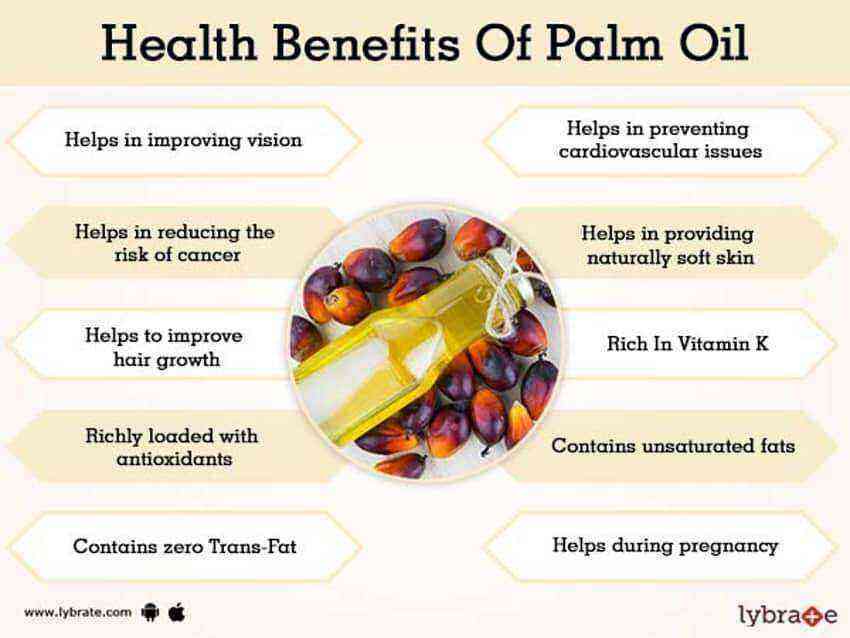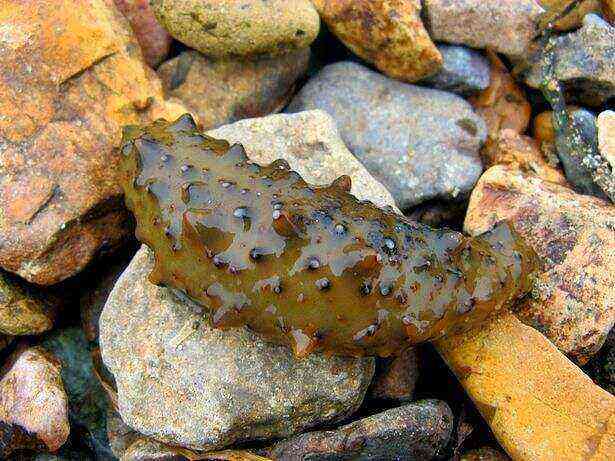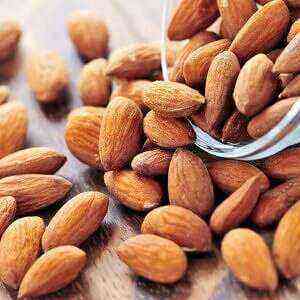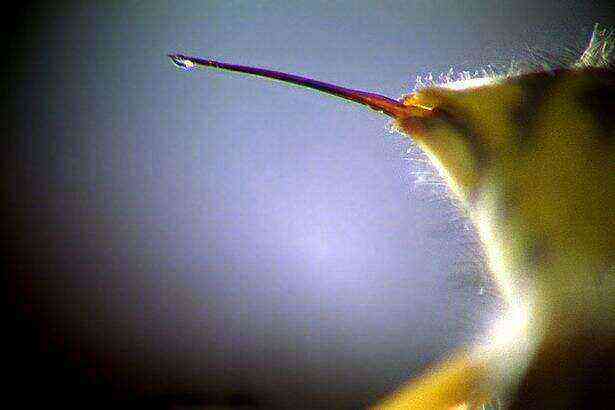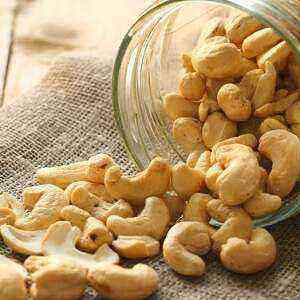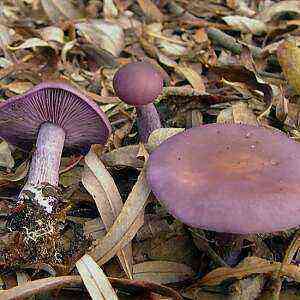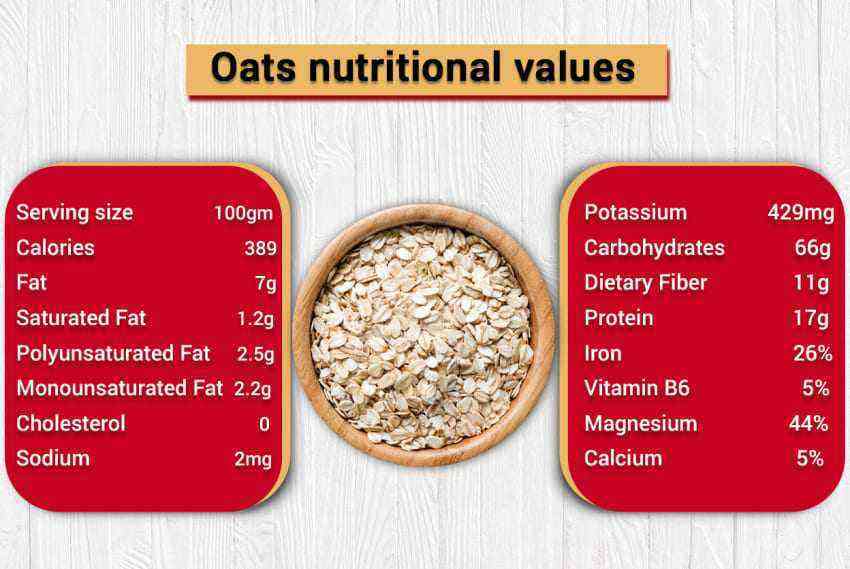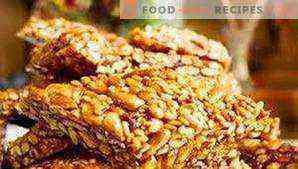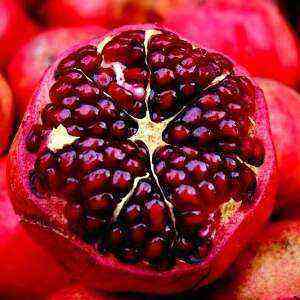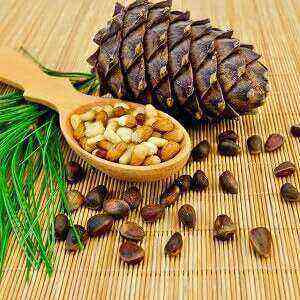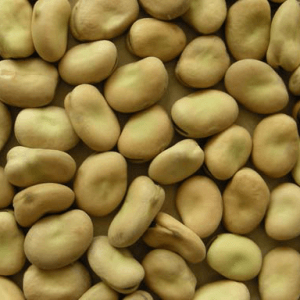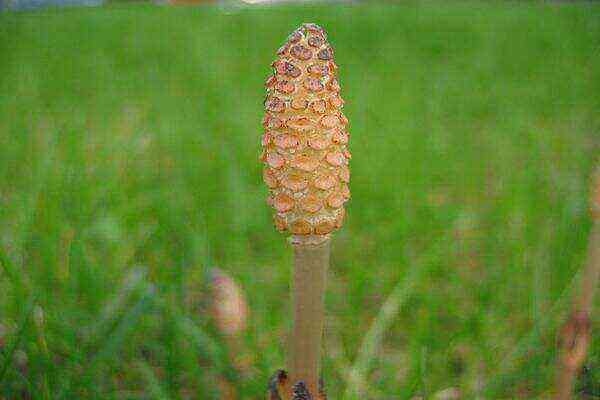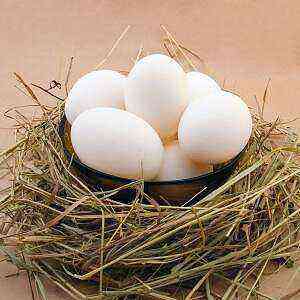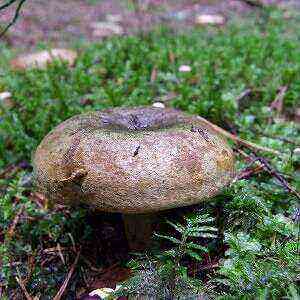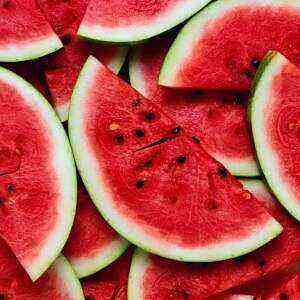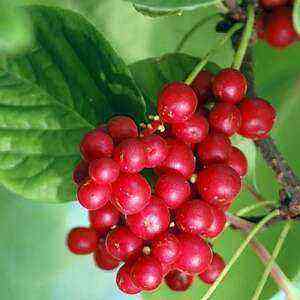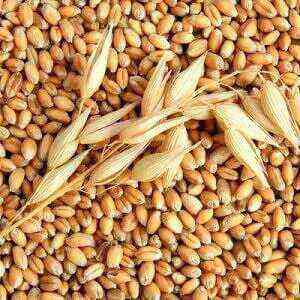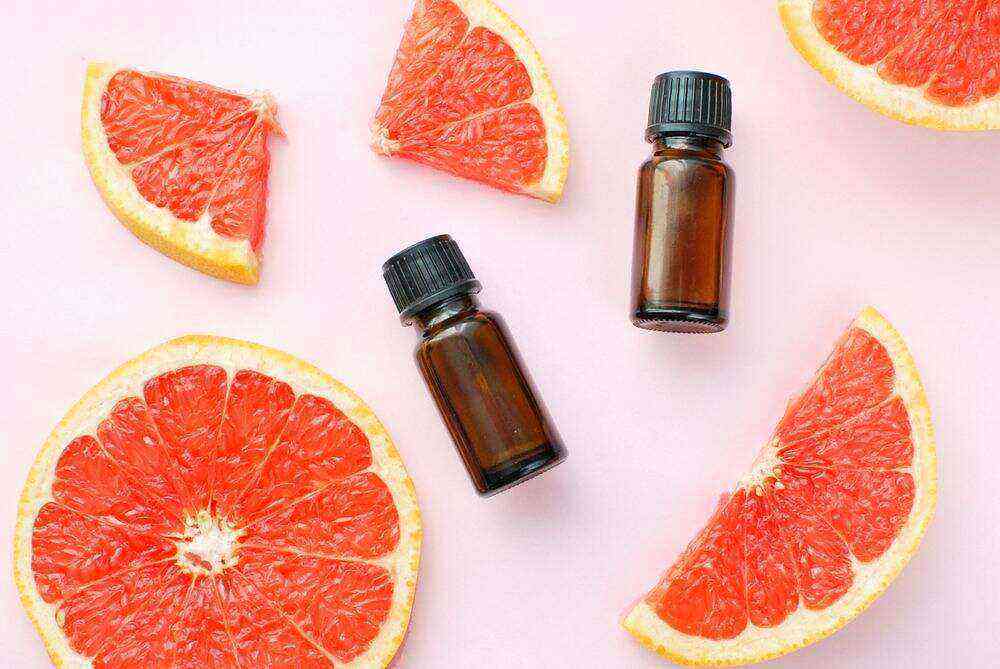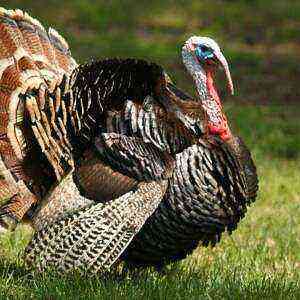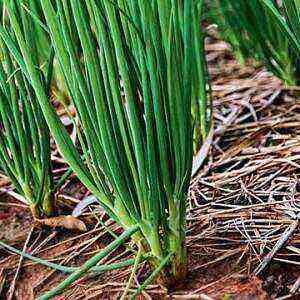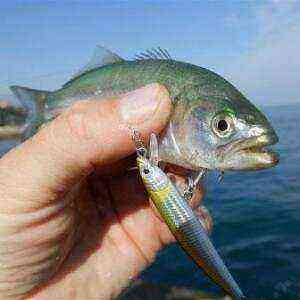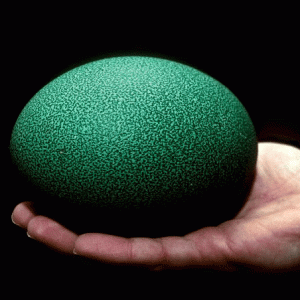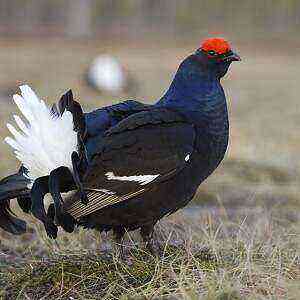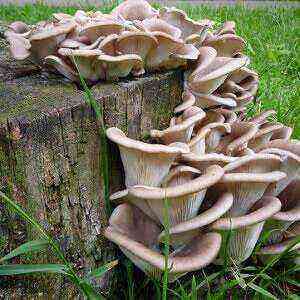 The gastronomic and medicinal benefits of oyster mushrooms have been known to mankind for thousands of years. In Chinese medicine, these mushrooms have been used to strengthen the immune system for almost 30 centuries. With useful properties they resemble porcini mushrooms, and in terms of the content of vitamins they are not inferior to many vegetables and meat.
The gastronomic and medicinal benefits of oyster mushrooms have been known to mankind for thousands of years. In Chinese medicine, these mushrooms have been used to strengthen the immune system for almost 30 centuries. With useful properties they resemble porcini mushrooms, and in terms of the content of vitamins they are not inferior to many vegetables and meat.
General characteristics
This unusual mushroom has several names: pleurotus, Pleurotus Ostreatus, flat mushroom (in the Japanese) or more familiar – oyster mushroom. By the way, the Latin name of this mushroom is translated as “ear”, which reminds of the specific shape of the mushroom. English-speaking peoples call it “oyster mushroom”, as it is close in shape to an open oyster. If we talk about the Slavic name, there is an assumption that it comes from the word “hang”, since these mushrooms are, as it were, “hung” on the trunks of trees.
“Wild” oyster mushrooms are not particularly whimsical mushrooms. They grow well in subtropical and temperate climates. More often found on decaying logs, from which they “feed” on lignin and cellulose, or on the trunks of living deciduous trees. In captivity, oyster mushrooms are grown on a mixture of sawdust, sunflower husks or straw. Industrial “cultivation” of these mushrooms is popular because of their ease of care and high yield (for a year, 1 square meter of “planting” can give about 300 kg of mushrooms).
Pleurotus Ostreatus is “carnivorous” because, in addition to wood juices, it consumes hookworms as food. By the way, there is an opinion that the nitrogen in these mushrooms is from nematodes. Thus, oyster mushrooms serve as a natural remedy against parasites.
There are several types of oyster mushrooms, which differ from each other in appearance and taste.
Oyster mushroom
Despite the name, it grows not only on oak trees. Hats – from grayish to brown, thick with a pleasant mushroom aroma. The stem is yellowish, fibrous, about 2-5 cm long. Fruiting throughout July-September. Some consider this type of mushroom to be inedible. Officially belongs to the group of conditionally edible.
Royal oyster mushroom
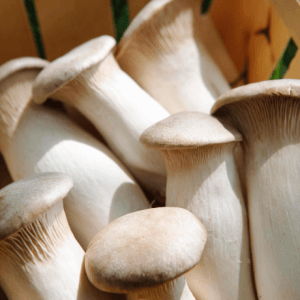 Other names are steppe, white steppe mushroom or eringi. It uses the roots and stems of umbrella plants as “soil”. Pale yellow in color, the diameter of the cap is up to 25 cm. It resembles champignons or milk mushrooms. Belongs to edible mushrooms. Serves as an excellent source of protein (contains up to 40% of the total composition). The chemical composition resembles dairy products and meat. Effectively lowers cholesterol levels, has anti-cancer, immunostimulating properties. Contains all B-group vitamins, as well as most of the minerals and amino acids necessary for humans.
Other names are steppe, white steppe mushroom or eringi. It uses the roots and stems of umbrella plants as “soil”. Pale yellow in color, the diameter of the cap is up to 25 cm. It resembles champignons or milk mushrooms. Belongs to edible mushrooms. Serves as an excellent source of protein (contains up to 40% of the total composition). The chemical composition resembles dairy products and meat. Effectively lowers cholesterol levels, has anti-cancer, immunostimulating properties. Contains all B-group vitamins, as well as most of the minerals and amino acids necessary for humans.
It is “found” in pastures since March. Fruiting twice a year – in spring and autumn. It is most often found in Central Asia, the Lower Volga region, Transcaucasia, in the USA, Japan, Australia, South Africa.
Beneficial features:
- removes salts of heavy metals from the body;
- increases immunity;
- prevents atherosclerosis;
- regulates sugar levels;
- reduces the risk of malignant tumors;
- has a beneficial effect on the health of the eyes, kidneys, liver;
- increases hemoglobin;
- antibacterial agent;
- natural energy drink.
Pulmonary oyster mushroom
Other names are beech, whitish, spring. A light gray mushroom with a cap diameter of up to 15 cm. Usually several mushrooms grow together with their legs. Outwardly, it resembles oyster oyster mushrooms. A faint but pleasant smell is characteristic of the pulp. It grows, as a rule, in the warm season (May-October) on dead wood (rarely on living trees). Distributed in latitudes with a temperate climate. Cultivated in North America, New Zealand and Europe. Belongs to the edible group. Eat fresh, dried or pickled (mostly caps).
Beneficial features:
Autumn oyster mushroom
Other names are alder, late, green, willow pig, late panelus. It is easy to recognize by a dark (from greenish-brown to brown-lilac) hat up to 5 cm in size. The flesh is yellowish, without a pronounced odor. It grows in groups (one above the other) on stumps of deciduous trees (aspen, linden, elm, poplar). Old mushrooms are tough with thick skin. After the first frost it loses its taste, but still remains edible. For industrial purposes grown in Holland, Germany, France, Japan. On the territory of Russia, it grows in mixed and deciduous forests.
Beneficial features:
- antineoplastic agent;
- antioxidant;
- strengthens the immune system;
- regulates sugar in diabetics.
Oyster mushroom
Another name is abundant. Creamy leaf-shaped caps with turned-up edges reach 10 cm. The flesh is almost white, fleshy, in old mushrooms it is tough with fibers. Legs reach 8 cm. Fruiting during May-September on deciduous wood. Prefers shrubs, windbreak places. To some extent, it resembles pulmonary oyster mushroom. Belongs to edible mushrooms. Gourmets note its excellent taste, but they recommend using only hats, the flesh of which is more tender.
Beneficial features:
- antioxidant;
- activates the production of insulin.
Lemon oyster mushroom
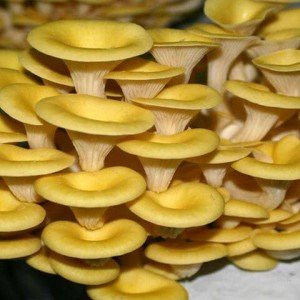 Other names are yellow, golden, ilmak. It resembles chanterelles in shape, the diameter of the caps can reach 10 cm. Old mushrooms fade. They grow best on stumps and dry broad-leaved species, less often on the trunks of conifers or living trees. Natural area – Eastern Siberia (northern part), Primorsky Krai. Fruiting from July to October, and the peak yield occurs during the rainy season. Most actively cultivated in China. Only caps are eaten fresh, pickled or dried. It is used in Korean and Chinese medicine.
Other names are yellow, golden, ilmak. It resembles chanterelles in shape, the diameter of the caps can reach 10 cm. Old mushrooms fade. They grow best on stumps and dry broad-leaved species, less often on the trunks of conifers or living trees. Natural area – Eastern Siberia (northern part), Primorsky Krai. Fruiting from July to October, and the peak yield occurs during the rainy season. Most actively cultivated in China. Only caps are eaten fresh, pickled or dried. It is used in Korean and Chinese medicine.
It has many healing properties:
- lowers blood sugar levels;
- has fat burning abilities;
- antitumor agent;
- strengthens the immune system;
- increases potency;
- cures dysentery.
Oyster mushroom
Other names are common, oyster mushroom, glaa. The most popular type of mushroom. This light ash mushroom belongs to the most unpretentious. The diameter of the cap reaches 25 cm. The pulp is dense with a weak but pleasant mushroom aroma. It grows in large “nests”. Fruits best on weakened trees or dead hardwood stumps. The peak “yield” is in September and October. Belongs to edible mushrooms. Young oyster mushrooms are soft and tender, older ones lose their taste and become tough. This type is considered the most useful. Combines the healing properties of other types.
Interesting Facts
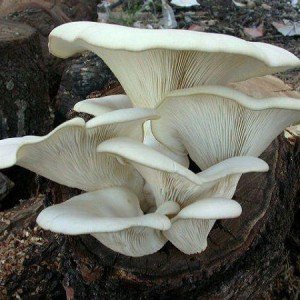 Even despite the fact that oyster mushrooms are extremely common and unpretentious mushrooms, for a long time their area of use was limited to China. The scientific world first became interested in these strange mushrooms only in the XNUMXth century. And the first massive use of oyster mushrooms in Europe occurred in Germany during the First World War.
Even despite the fact that oyster mushrooms are extremely common and unpretentious mushrooms, for a long time their area of use was limited to China. The scientific world first became interested in these strange mushrooms only in the XNUMXth century. And the first massive use of oyster mushrooms in Europe occurred in Germany during the First World War.
A little later, Europe learned about the antibiotic properties of the fungus.
And in New Zealand, the cultivation of oyster mushrooms is prohibited by law. It is also forbidden to import this kind of mushroom. In this way, the authorities protect the local flora from the potentially harmful effects of parasitic fungi.
Meanwhile, pulmonary oyster mushroom is held in high esteem by local chefs. True, some people incorrectly call it oyster.
The nutritional value
Oyster mushrooms are an incomparable source of protein and B vitamins. In terms of the concentration of niacin (vitamin B3), these mushrooms are the leader among all food products: 100 g contains at least 500 percent of the recommended daily allowance. And as a source of iron, these mushrooms are much better than red meat or poultry. In addition, oyster mushrooms provide the body with vitamin D, which is essential for bone health.
Useful Properties
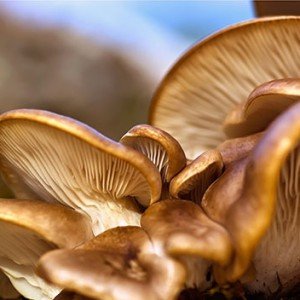 Oyster mushrooms are one of the most commonly used ingredients in Asian cuisine. Among the many mushrooms used by the Chinese, oyster mushrooms occupy a special place of honor on the dining table. Not least due to its high nutritional value. In eastern countries, a dish of oyster mushrooms fried in olive oil with garlic is popular.
Oyster mushrooms are one of the most commonly used ingredients in Asian cuisine. Among the many mushrooms used by the Chinese, oyster mushrooms occupy a special place of honor on the dining table. Not least due to its high nutritional value. In eastern countries, a dish of oyster mushrooms fried in olive oil with garlic is popular.
antioxidant
Research has shown that oyster mushrooms have significant antioxidant properties. They contain ergothioneine, a unique antioxidant produced exclusively by mushrooms. Approximately 100 g of product is capable of providing almost 13 mg of ergothioneine. However, after heat treatment, the amount of the beneficial substance decreases.
Antibacterial effect
The antibacterial activity of oyster mushrooms was first proven back in 1950. Studies have shown that this effect is achieved due to benzaldehyde, which is part of the mushrooms.
The presence of this substance in mushrooms is indicated by the specific smell of anise. An antibiotic derived from a fungus is known to kill Salmonella bacteria and also to weaken Staphylococcus aureus and Escherichia coli bacteria.
Cholesterol
Oyster mushrooms are ideal for people with high cholesterol, diabetes, obesity or hypertension. First of all, because they contain a small amount of sodium and very little starch. It is also known that the chemical composition of fungi includes statins and lovastatins – substances that reduce the concentration of “bad” cholesterol triglycerides.
Cancer
Research has shown that pink oyster mushroom extract has anti-cancer properties and that royal oyster mushroom is able to stimulate the immune system. In this regard, it is customary to talk about the double anti-cancer effect of oyster mushrooms. On the one hand, they inhibit the growth of malignant tumors in the tissues of the mammary glands or colon. On the other hand, by activating immune cells, they help the body resist cancer processes. For this reason, oriental medicine often uses oyster mushrooms as an anti-cancer agent.
Hepatitis
In the human body, the liver has an important detoxification function. But after serious poisoning, prolonged use of medications, the liver also needs to be cleansed. It is known that the substances that make up oyster mushrooms have a beneficial effect on the state of this organ. They improve liver health in people after alcohol or tobacco abuse, and they also serve as a preventive measure against hepatitis C.
Anemia
If the body regularly lacks iron or folic acid, anemia develops. Ordinary oyster mushrooms will help prevent the disease or alleviate its severity. In the composition of these mushrooms, both of these substances are found in abundance.
The cardiovascular system
In most cases, cardiovascular disease results from an imbalance in the stability of blood pressure. Another beneficial property of oyster mushrooms is the ability of these mushrooms to control blood pressure. A similar effect is achieved due to the potassium in the product. Other useful components have a firming effect on the heart muscle, reduce the risk of coronary artery disease and atherosclerosis (by lowering cholesterol).
Digestion
Insufficient fiber intake is cited as one of the causes of constipation.
Oyster mushrooms will help to solve this problem. One large mushroom can provide up to 14% of your daily fiber intake. But the beneficial effect on the digestive system is not limited to this. Oyster mushrooms, getting into the human body, activate the production of alkali. And this effect from mushrooms is extremely useful for people with high acidity of the stomach. Another function of oyster mushrooms is to activate the production of enzymes, on which the quality of food processing also depends.
Antiparasitic
Nematodes live not only on tree trunks. Sometimes these parasites make their way into human organisms. As a rule, they “occupy” the intestines. And one of the easiest ways to get rid of parasites is oyster mushrooms.
Oyster mushrooms in folk medicine
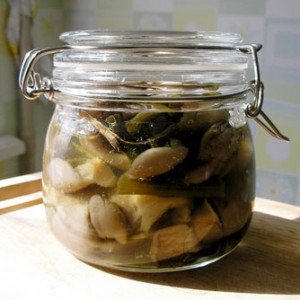 Depressant
Depressant
Grind about 50 g of oyster mushrooms and fill with a bottle of Cahors. Insist in a cold place for 7 days. Take 30 ml at bedtime.
Prevention of thrombophlebitis and atherosclerosis
Process fresh mushrooms with boiling water and chop very finely (to a paste consistency). Take a tablespoon 3 times a day for 14 days. Repeat after 2 months.
Hypertension medicine
Pour chopped oyster mushrooms (about a quarter of a glass) with a glass of vodka. For 14 days, insist in a cool dark place (shake daily). Take a teaspoon before meals. The course of treatment is 2 weeks.
Side effects
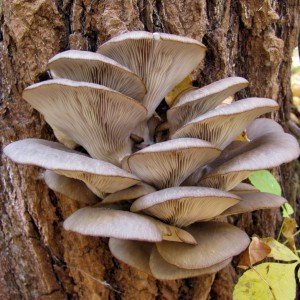 While oyster mushrooms are generally considered safe, they can sometimes cause allergic reactions. On the other hand, overuse of mushrooms can lead to indigestion.
While oyster mushrooms are generally considered safe, they can sometimes cause allergic reactions. On the other hand, overuse of mushrooms can lead to indigestion.
Like other mushrooms, oyster mushrooms very easily absorb carcinogens from the air and soil. Therefore, it is important to know in which area the mushrooms grew. Otherwise, instead of useful components, they will “enrich” with heavy metals and toxic substances. Such a product is especially dangerous for pregnant women, children, the elderly and sick people.
Cooking application
This mushroom is often found on Chinese, Korean and Japanese menus. These mushrooms are also popular in India. They are added to soups, served with soy sauce as an independent dish. But for cooking, mainly young mushrooms are used, since the older ones become tough, and their taste and smell deteriorate. In the food industry, they often use not “wild”, but specially grown oyster mushrooms.
Oyster mushrooms belong to the revered mushrooms all over the world. These are one of the most common and unpretentious mushrooms. But such “promiscuity” of oyster mushrooms in no way impairs their taste and does not diminish the healing properties.

